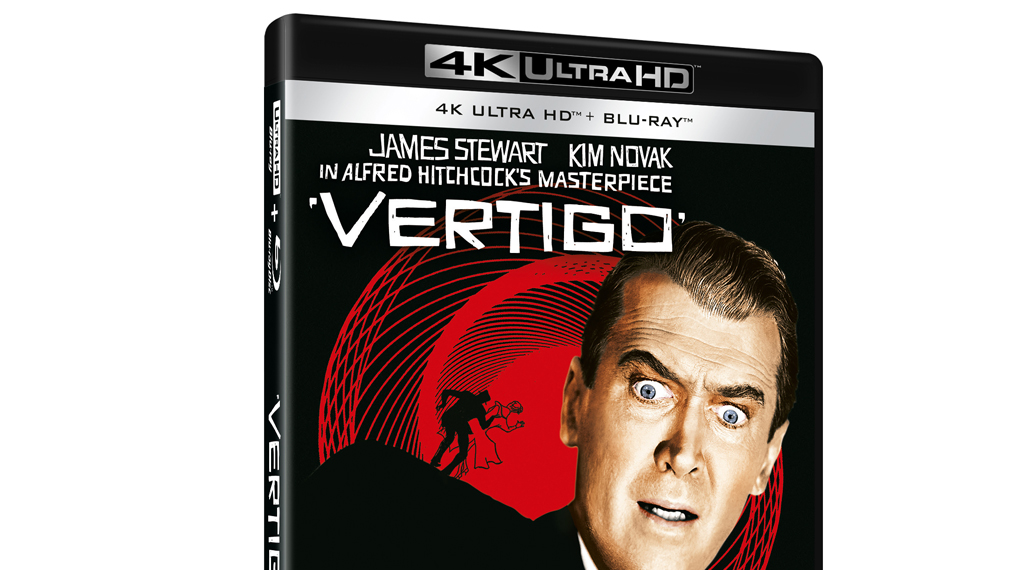John “Scottie” Ferguson (James Stewart), a former police officer, suffers from acute acrophobia, precluding him from continuing his duties. He is contacted by an old friend, Gavin Elster (Tom Helmore), who requests Scottie to observe his wife, Madeleine Elster (Kim Novak). Initially reluctant and perplexed by the assignment, Scottie finds himself increasingly captivated by Madeleine. This burgeoning obsession ultimately leads to unforeseen and significant consequences.
Similar to Rear Window, Vertigo (or Studie i Brott, the Swedish title, which arguably reveals a key plot element prematurely) has inspired numerous homages and parodies. Consequently, one might argue that I had experienced Vertigo indirectly before viewing the film itself.
James Stewart frequently collaborated with Hitchcock, and this marked their fourth and final film together. As with Grace Kelly in Rear Window, Kim Novak is significantly younger than Stewart, a casting choice that impacts the believability of their on-screen romance. The chemistry feels somewhat lacking, hindering the audience’s investment in their relationship, which is crucial for the film’s overall impact. Furthermore, certain segments of Vertigo suffer from pacing issues. While recognizing that this film was produced in 1958, a period with different cinematic conventions, Hitchcock typically demonstrates mastery of pacing and audience engagement. This is not consistently evident in Vertigo. The director’s choices in the third act, particularly regarding the film’s conclusion, also present debatable artistic decisions.
Despite these shortcomings, Vertigo remains a remarkably significant film, pioneering numerous cinematic techniques that are now commonplace. Hitchcock’s innovative use of camera angles and visual effects was groundbreaking for its time.
As a dedicated Alfred Hitchcock enthusiast, it may seem surprising that I had not previously viewed either Rear Window or Vertigo before reviewing these UHD editions. Experiencing Vertigo in this enhanced format has been a genuine privilege. Being released four years after Rear Window, the restored image quality of Vertigo is arguably superior. There are no instances of image blurring, and the color clarity is exceptional. The visual presentation is undoubtedly the best it has ever been. The audio is presented in DTS: X Master Audio, a remix based on the original sound design to enhance the experience for modern sound systems. For purists, the original Mono track is also available. The disc includes a wealth of supplemental material, including several insightful and extensive documentaries. Of particular note is the informative commentary track by William Friedkin (The Exorcist), who offers detailed analysis of the film’s production and construction.
In conclusion, Vertigo undoubtedly merits a “must-see” rating. While I personally find Rear Window to be a more tightly constructed and suspenseful film, the superior quality of the Vertigo release balances the equation, resulting in an equivalent recommendation. Take this opportunity to experience Hitchcock’s masterpiece, Vertigo, in its most pristine form!
Don’t forget to enter our Vertigo competition for a chance to win a copy of this exceptional UHD 4K edition!

